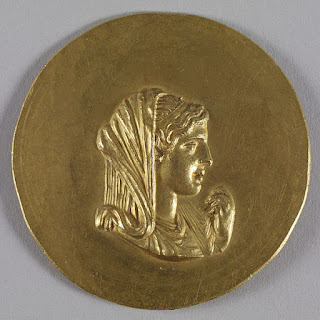Copyright © Egypt, Cradle of Civilization
Al Azhar Park (also Al-Azhar Park), is located in Islamic Cairo, a part of central Cairo famous for the historically important mosques and Islamic monuments. It is overlooked by the Cairo Citadel. The park is a green space in the middle of the jam-packed dusty city.
 |
| Typical Islamic house, source: Wikipedia, the free encyclopedia |
The view from the park, overlooking this outstanding historic district, is spectacular panoramic that takes you back to the captivating past.
 |
| Cairo Citadel |
Azhar Park is built in one of the poorest districts of Cairo, Darb el Ahmar. The district is rich with its Islamic art and architecture and its many monuments of domes and minarets.
Al-Azhar Park was a gift from His Highness Prince Shah Karim Al Hussaini, Aga Khan IV,
to the Cairene in 1984. Aga Khan Trust for Culture established the park over 30 hectare (74 acre) following a decision at the “The Expanding Metropolis: Coping with Cairo’s Urban Growth” Conference. The 500-year-old mound of rubble that was designated to be the park was a municipal rubbish dump that took 80,000 truckloads to excavate. The challenge was not only to transform the landscape but was also to implement urban rehabilitation projects including the socioeconomic rehabilitation of the neighbouring Historic City, which required launching of numerous restoration and community-initiated development projects. Al-Azhar Park project was intended to be a case study for a number of challenges such as environmental rehabilitation and cultural restoration.
On the western side of the park are the old Fatimid city and its out-growth Darb el Ahmar (also El-Darb El-Ahmar), with their wealth of mosques, madrasas and mausolea (plural of mausoleum), characterised by a long line of minarets. To the south is Sultan Hassan Mosque (Mosque-Madrassa of Sultan Hassan) as well as the 826 year-old Ayyubid Citadel of Salah el-Din. On the eastern side is the "City of the Dead" with its many social welfare complexes that was supported by the Mamluk Sultans which became an area that developed into a densely populated neighbourhood of its own.
 |
| Sultan Hassan Mosque |
Uncovered during the excavation was a 1.5-kilometre section of the 12th century Ayyubid city wall of Cairo that was built during the reign of Salah el-Din, with several towers and battlements almost intact and in fairly good shape. Also found were valuable stones with hieroglyphic texts some measuring as much as one meter long that were used in the building of the wall.
The Park's buildings and spaces were designed and constructed in Islamic context, using a variety of styles from different periods and regions. This is echoed in the bustan-like orchard gardens, its takhtaboush areas (shaded sitting spaces), Fatimid archways used in the buildings and the Persian and Timurid water pools and fountains. The streams and channels all lead to a lake in the south meadow which is all directly fed by raw Nile water from a nearby municipal line.
Beside the orchids, water features, kids play area, amphitheatre, there are only three actual buildings, the entrance, Citadel View Restaurant and the Lakeside Café. There is also an out-door café on a vintage point with a spectacular view where you can witness a stunning sunset. While the Citadel View Restaurant serves an Egyptian truly delicious buffet, the Lakeside café with its wooden screens and citrus groves has a Lebanese cuisine.
 |
| A walk through Azhar Park |
With the magnificent 360˚ panoramic view of surrounding Cairo in the distance you can actually catch a glimpse of the Pyramids' silhouette. But besides the spectacular landscaping and endless view of the Cairo townscape, a daytime stroll on the Royal Palm Promenade is a refreshing experience as water streams run along the middle of your path. There are 325 varieties of plants where most of them have been natively grown in the Park's nursery. More of the interesting trees are the Sycamore, Zyziphus and four types of Acacia. The variety of plants also includes medicinal and culinary herbs such as laurel, chamomile, mint, lemon grass, coriander and thyme. There is also a beautiful array of roses, climbers and succulents, where most of these plants have labeled signs with both the official and Latin name to identify them.
Although in summer its best to visit the park in the afternoons to escape the heat, on a winter day a morning promenade will revamp your soul! The entrance fee maybe modest but it provides to fund for the maintenance of the park, along with the revenue from the restaurants, special events and shows, car parking fees and the sale of plants from the nursery. The entrance fee may not be much for a large number of Cairo's residence from the middle and upper class but it may be too much for many of the poor who live just a few kilometres away from the park, and who in my opinion need the park more than anyone. So it is not advisable to visit the park on a public holiday and especially not in Eid (Arabic for "day of festivities"), whether it be a Muslim or Coptic Eid. The park maybe more colourful with children donned in new multicoloured Eid cloths but will be impossible to appreciate with all the noise and commotion.
Once you get through with all the obvious sites like the Pyramids, the museums and major mosques I strongly recommend a laid back visit to this intriguing place.
























